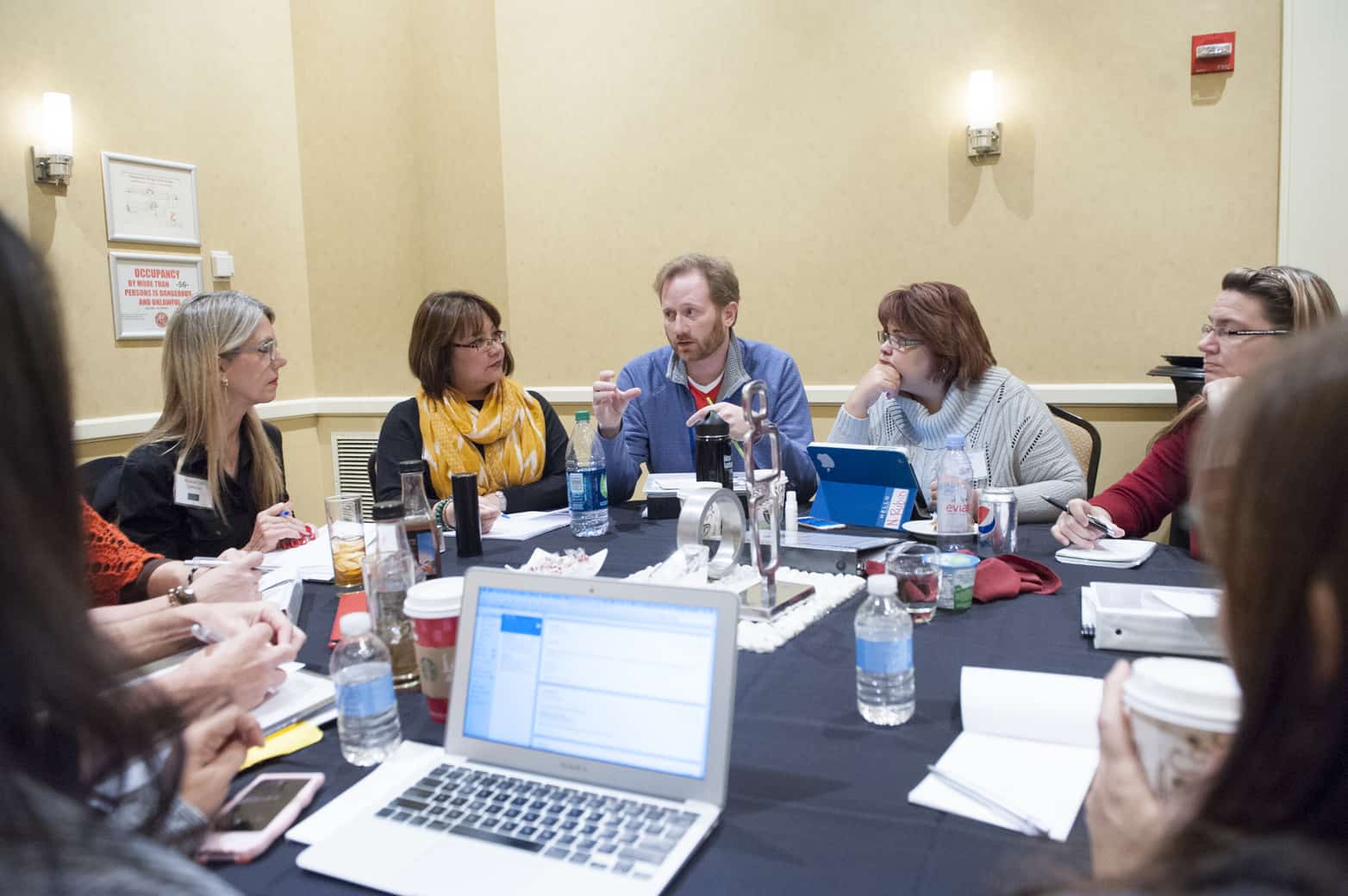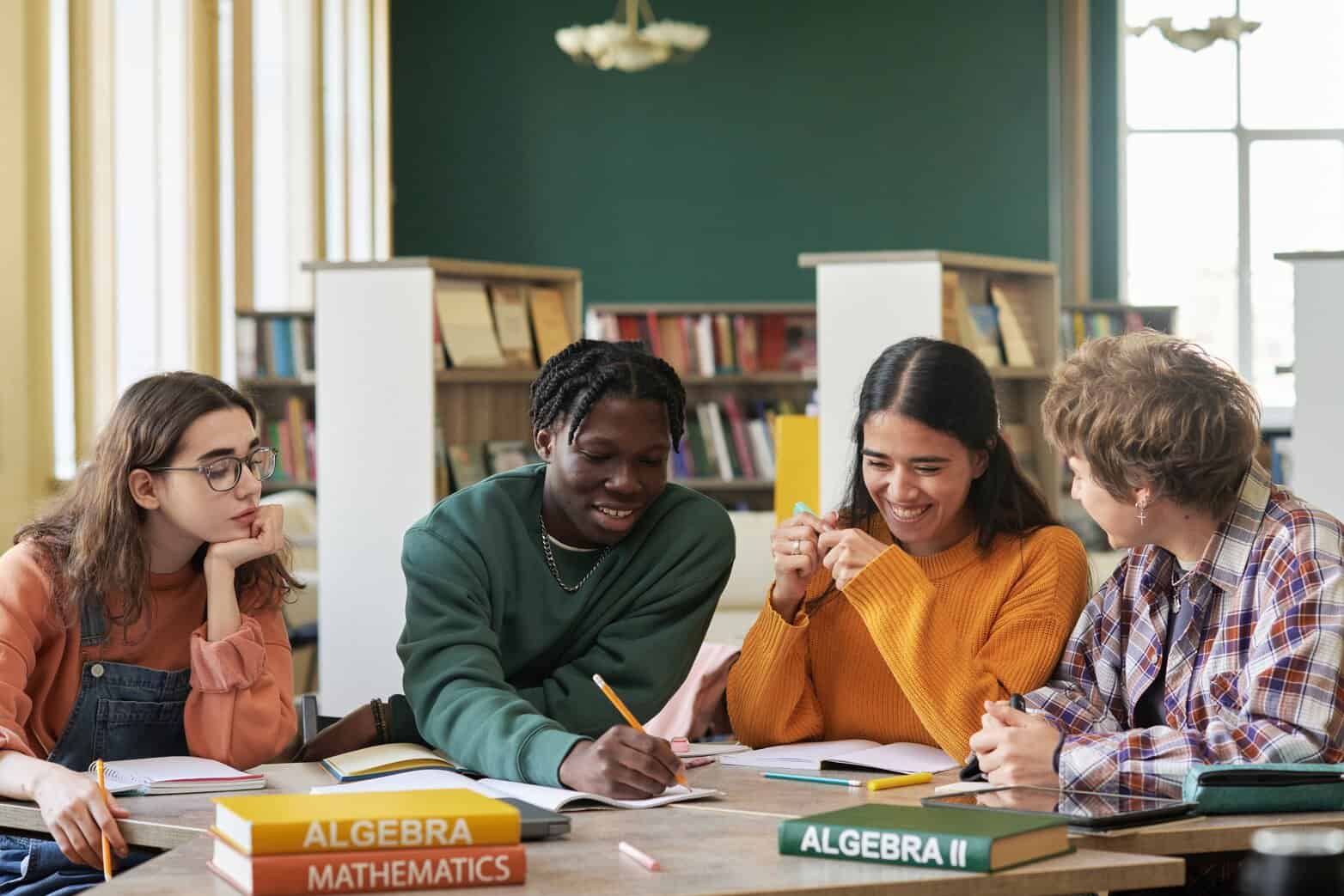
Featured Article

Shaking Up High School Math
Latest Posts
Sort by

Executive Functions and Literacy Skills in the Classroom

Connecting and Communicating With Families to Help Break Down Barriers to Learning
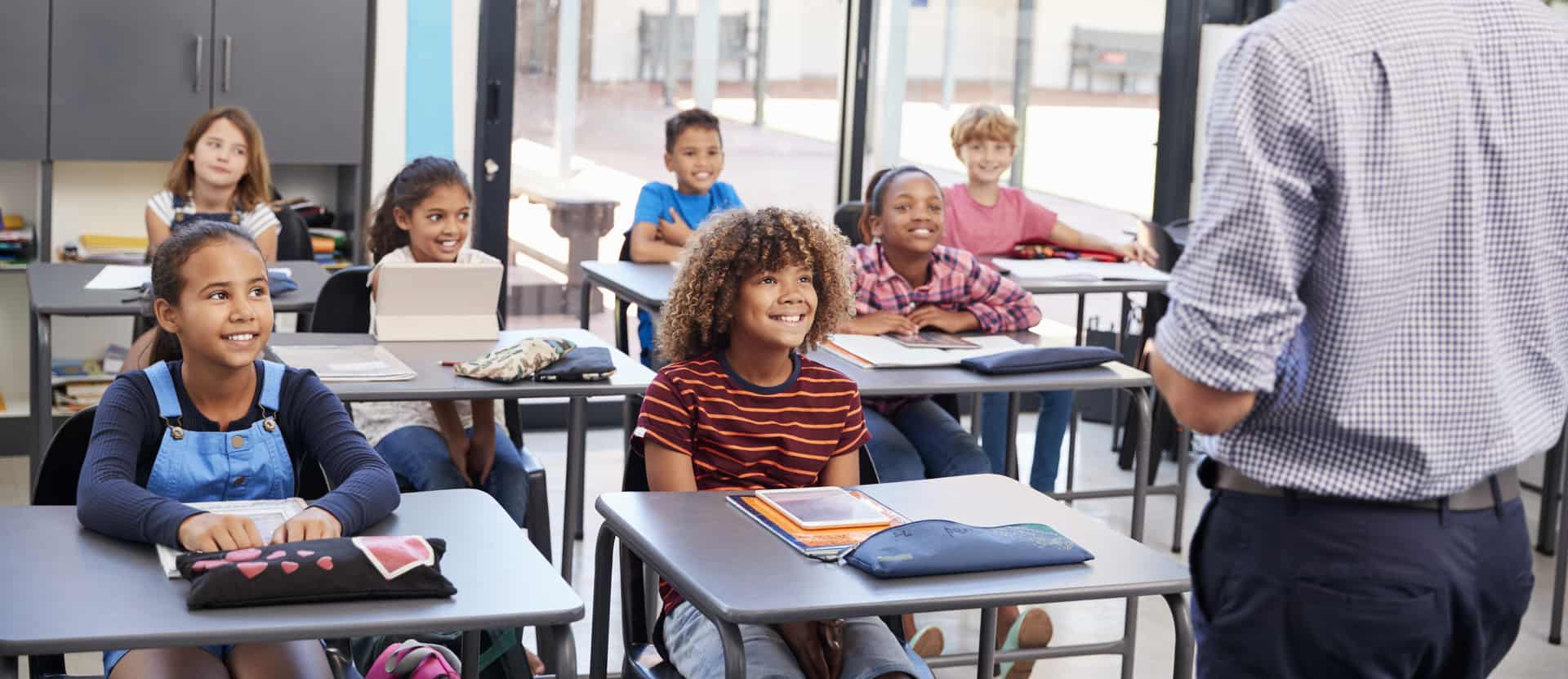


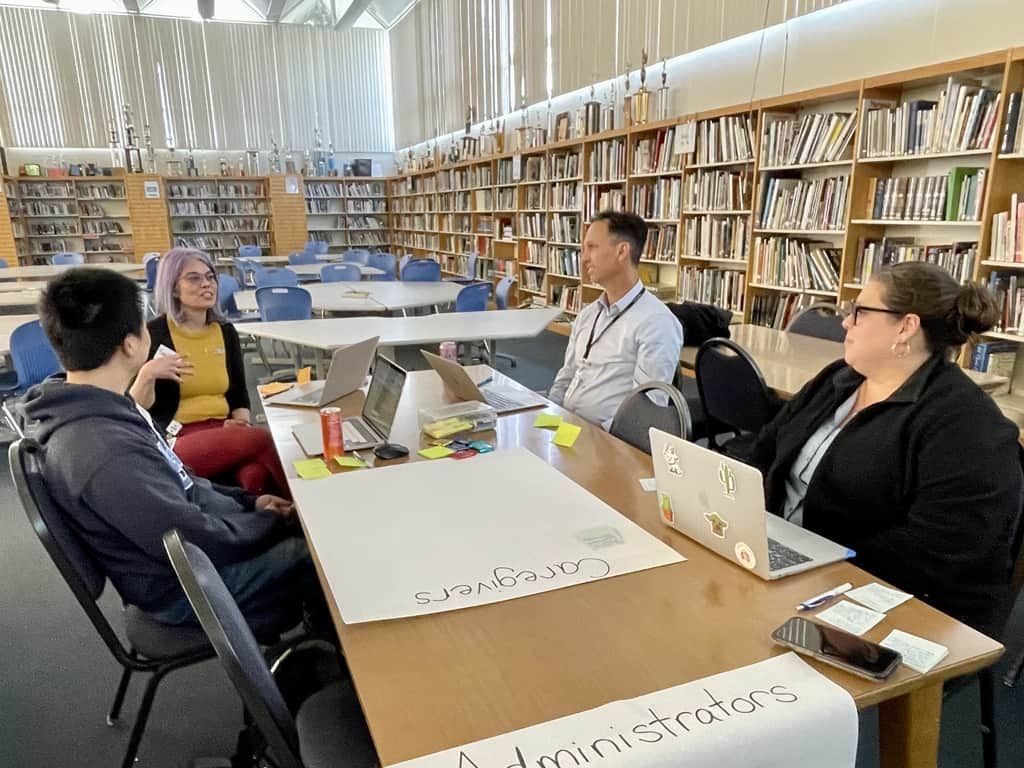
Continuing the Journey: Piloting the Instructional Materials Landscape Analysis

The Development of the Landscape Analysis Process
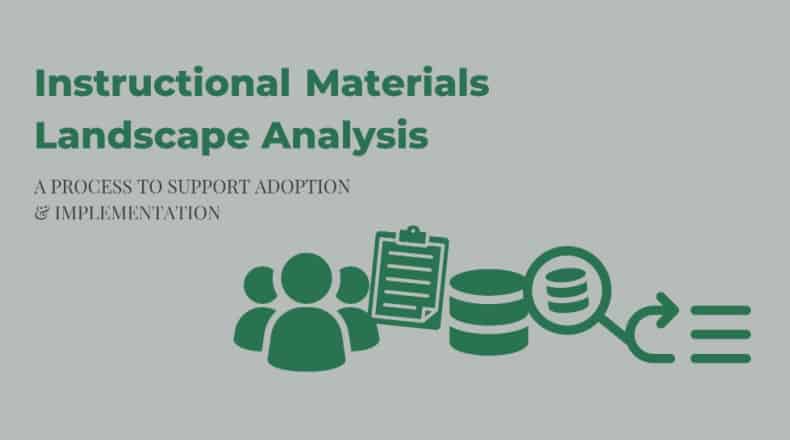
Practical Ideas to Support Newcomer Students
Text Complexity is…well…complex!
Challenging the Status Quo
High-Quality Curriculum Raised the Bar, But Not High Enough
Research-based AND Responsive
Constantly Shifting Practice
We’ve Come a Long Way, Fast
Learning From Mistakes: Easier Said Than Done
Sparking Engagement: Getting Silly to Find Joy
Art and Literacy Go Hand in Hand
Why A Skills-Based Approach Is Failing Students in Reading
A Small Change to Promote English Learners’ Academic Writing
Google Jamboard: Connecting Students, Curating Thinking and Learning
Let’s Not Make Power ELA/Literacy Standards and Talk About Why We Didn’t
What the Data Can’t Tell Us
Transforming Literacy Instruction
Making Students’ Learning Visible with Jamboard
Small Pivots to Access Complex Text Across the Curriculum
The Case for Whole Texts in a Remote World
What’s Working for Virtual Literacy Instruction?
Meet Students Where They Are Academically and Literally!
Improving Accessibility for All Students
Enhancing Remote Learning and Student Engagement With Online Tools
Knowledge-Building Model Lessons for Middle and High School
What Principles Must Underlie Successful Personalized Learning?
Is it Possible to Use Personalized Learning to Accelerate Students’ Literacy Outcomes in the Time of COVID?
Which Types of Content Are Key in Content-Focused Professional Learning in ELA/Literacy?
What Is “Content-Focused Professional Learning”?
Why Teaching Justice Through Reading & Writing Cannot Wait
You Have a List of Culturally Diverse Texts. Now What?
Digital Coaching Menus Bring the Professional Learning Principles To Life
Class and Family Book Tasting During Distance Learning
About Peers and Pedagogy
Achieve the Core’s Peers and Pedagogy, is a publication dedicated to high-quality instructional materials and their use in classrooms.
Learn More








